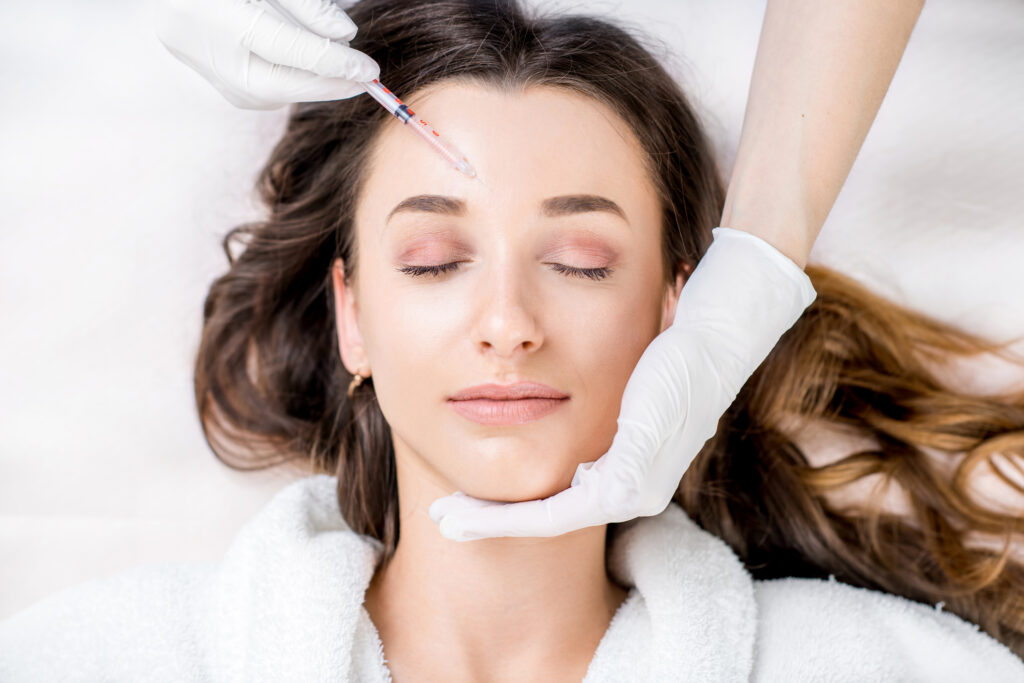History and Uses of Botox

You’ve no doubt heard of Botox, because it is the most popular cosmetic procedure performed today. However, while many people associate it with Hollywood and the pursuit of a youthful appearance, Botox is much more than a beauty treatment. Do you know that it’s used for more than just wrinkles? Here, we offer some information about the history and use of this extremely useful treatment.
- What is Botox, and how does it work? Botox uses botulinum toxin, which is produced by the bacterium Clostridium botulinum. Injecting this toxin into muscle, doctors are able to suffuse the nerve terminal and prevent the release of a neurotransmitter called acetylcholine. When this happens, muscle activity stops, and the result is site-specific paralysis. The effects of Botox last about four to six months before the nerves regenerate and the muscle relaxes.
- Botox was first isolated in the 1920s. People have known about Clostridium botulinum since the 1800s. This bacterium is found throughout nature, in soil, streams, lakes, coastal waters, and in the intestinal tracts of mammals and fish. It’s behind the condition known as botulism, and in the 1920s, scientists at the University of California, San Francisco began attempting to isolate it. After 20 years of research, Dr. Edward Schantz finally isolated botulinum toxin in crystalline form.
- In the 1970s, scientists started testing botulinum toxin as a treatment for crossed eyes, also called strabismus. During the trials, when they were testing the strabismus treatment on monkeys, the scientists began to notice a reduction of wrinkles in the skin between the eyebrows and the nose.
- Over the years, Botox has been approved for many different uses.
- In 1989, it was approved to treat strabismus and blepharospasm, or eyelid twitching. At this point, botulinum toxin was rebranded as Botox®.
- Cervical dystonia treatment was approved in 2000. This is the treatment of involuntary muscle contractions in the neck.
- The first cosmetic treatment was approved in 2002. The FDA gave approval for Botox to be used as a temporary treatment for moderate to severe frown lines. It began to be marketed as BOTOX® Cosmetic to distinguish this usage from therapeutic uses.
- In 2004, Botox began to be used to treat excessive sweating. Botox injections are effective in the treatment of axillary hyperhidrosis, particularly in the underarms but also the palms and feet.
- 2010 saw Botox approved for the treatment of chronic migraines and upper lip spasticity. Interestingly, in addition to suppressing acetylcholine release, botulinum toxin interferes with the release of pain and inflammatory mediators, which makes it effective for migraine headaches.
- In 2011, it was approved for treating urinary incontinence. Botox injections are used to relax the bladder and treat severe bladder symptoms.
- The cosmetic usage of Botox expanded in 2013. At that point, it began to be used to treat crow’s feet, also called lateral canthal lines.
What can Botox do for you? To learn more, contact Swinyer-Woseth Dermatology to schedule a consultation. We’re committed to providing superior, professional skin care in a manner that’s practical, efficient, and compassionate. With over 30 years of experience supplying dermatological services in Salt Lake City, we offer a variety of services, from cosmetic skincare to treatment for skin cancer. Our team of board- certified dermatologists and licensed cosmetic service providers are here to provide you the care you need in a comfortable, professional atmosphere. Call (801) 682-4715 or contact us through our website.
